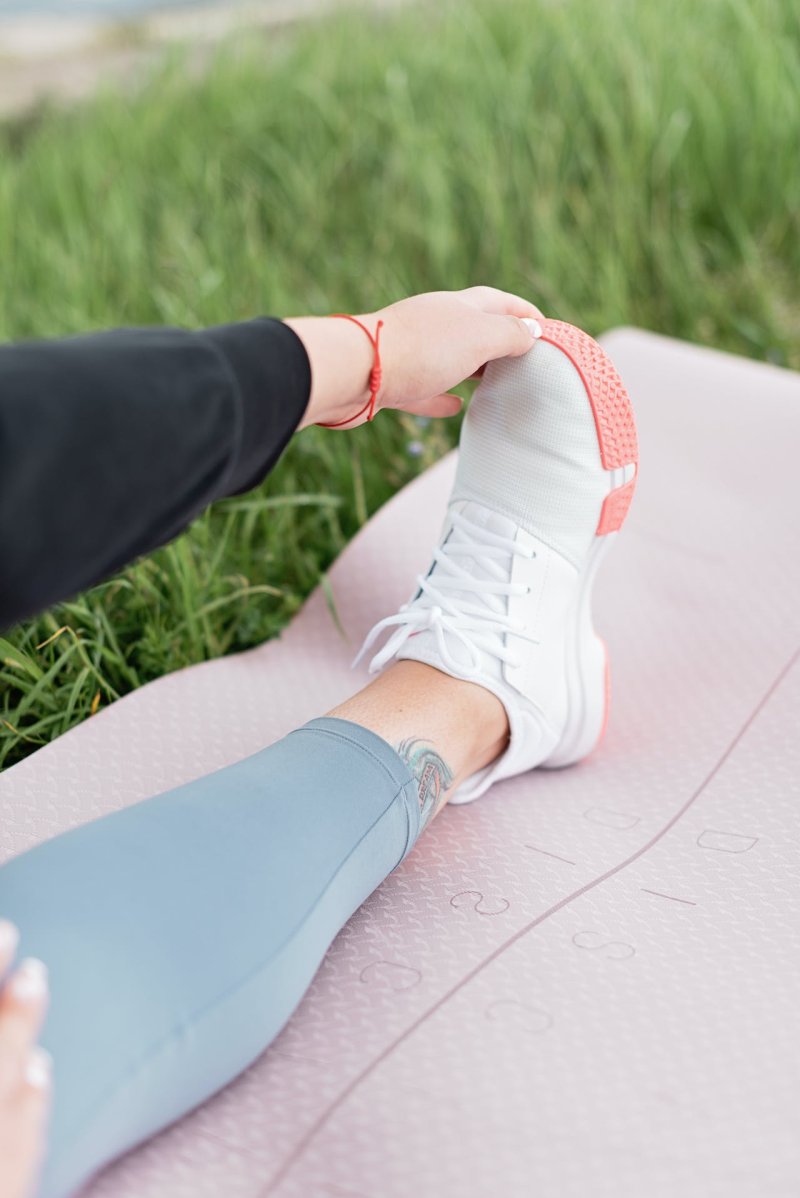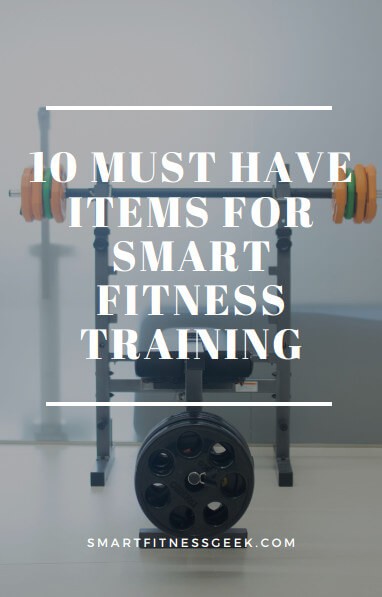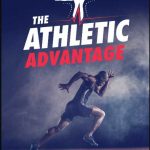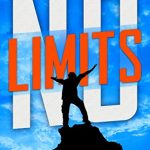Cross training is when you mix different kinds of exercise like running, swimming, biking, and lifting weights. It’s good for making you fitter and keeping you from getting hurt. It helps you get stronger, last longer in activities, and become more flexible.
When you pick a shoe for cross training, you need to think about the exercises you’ll do and where you’ll run. It’s key to get shoes that feel good on your feet and support them well.
Hoka shoes are good for this kind of training. They’re light and have a lot of cushioning on the bottom, which helps with comfort and absorbing impact. They also have a roomy area for your toes. These features make Hoka shoes nice for runners who need a shoe that won’t hurt their feet and will take the shock of running.
Among the Hoka shoes I’ve tried for different workouts, the Hoka Kawana stands out. It’s light and good for many kinds of exercises, like running, weightlifting, and high-intensity interval training. The Kawana’s bottom is soft and takes in impact well, while the top part of the shoe is airy, which keeps your feet from getting hot and sweaty.
The Hoka Kawana is a top-notch shoe for cross training. It’s not heavy, it breathes, feels soft, works for all sorts of exercises, and looks good. It’s a shoe that can make your exercise sessions better. For those after a solid workout shoe, Kawana is worth considering.
Here’s a list of more Hoka shoes that are great for cross training:
- Hoka Clifton
- Hoka Bondi
- Hoka Mach
- Hoka Arahi
Table of Contents
Review of the Hoka Kawana
I’ve worn many shoes. The Hoka Kawana is one that really stands out. It’s light, the air moves through it well, and it has a soft sole. It works great for all kinds of workouts, from fast runs to serious weightlifting.
The Kawana’s light build makes a big difference. It doesn’t hold you back like heavy running shoes can. Their lightness really helps during longer runs or intense workouts where you’re doing a lot of different high-energy moves.
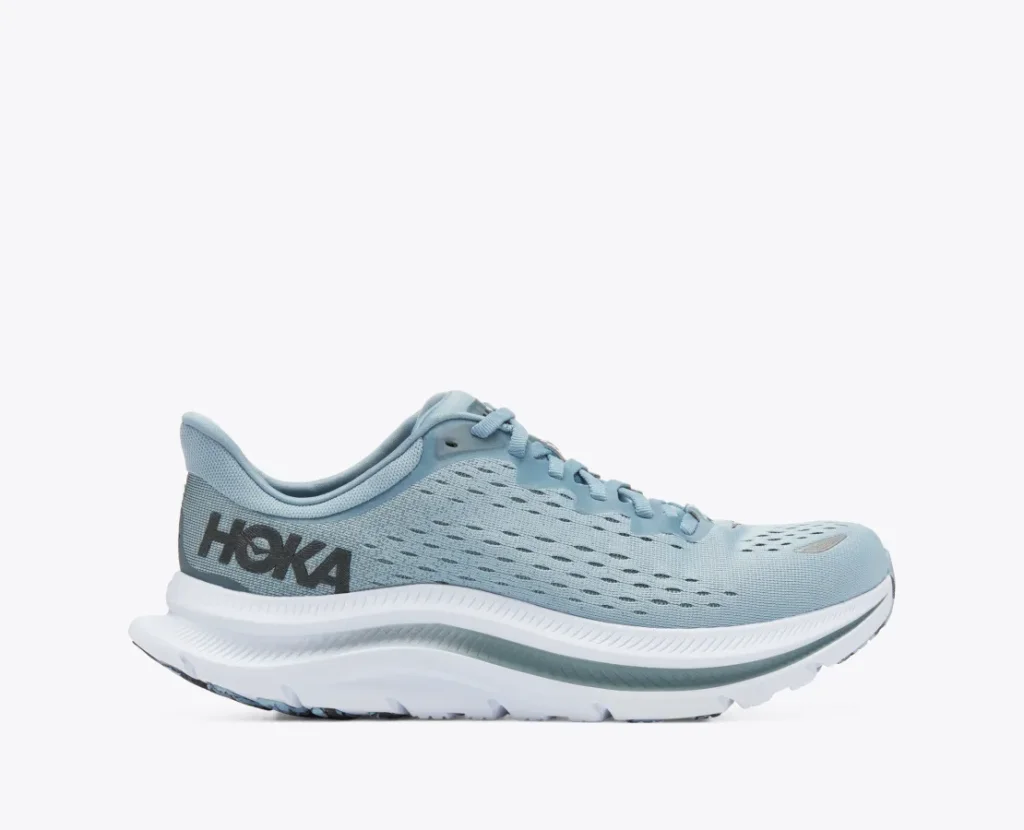
The Kawana also keeps your feet cool. The top part of the shoe lets air in so your feet don’t get too sweaty. This is really good when it’s hot or you’re in a gym that doesn’t have much air moving around.
The sole of the Kawana has a lot of cushion, which is good for your feet and joints. It helps soak up the shock when you run or jump, making your workout feel better and helping to stop your legs from getting too tired.
Using the Kawana for all kinds of workouts has been a great experience for me. They’ve been super for running, lifting, and high-energy interval workouts. They’re always comfortable and supportive, which lets me do more in my workouts.
The Kawana is also very good for lots of different workout needs. They are not just good for running but also for other exercises. The cushioning is a big help when you’re lifting heavy weights, and the lightness is perfect for fast-moving workouts that need quick changes in movement.
Hoka Clifton
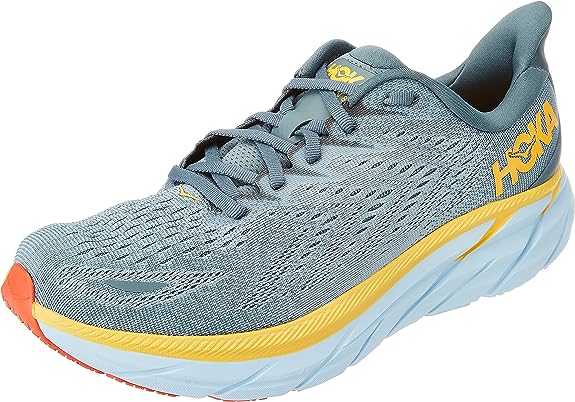
The Hoka Clifton is a shoe that catches your eye with its sleek design and promises comfort for your feet. It is as light as a feather, making you feel like you’re almost walking on air. When you slip on the Clifton, the first thing you notice is the soft padding under your feet. It’s designed to cushion every step, whether you’re out for a run or pounding the pavement during a weekend errand marathon.
Why Should You Try This:
- Cushion for Comfort: The Clifton offers a plush feel that makes long runs less harsh on your legs.
- Lightweight: It’s so light, wearing it boosts your running without the drag of heavier shoes.
- Breathability: With its mesh design, your feet will stay cool, helping you keep the sweat and discomfort at bay.
- Stylish: You get a shoe that doesn’t skimp on style. You can choose from colors that suit your personal taste.
Why Should You Avoid This:
- Less Stability: If you need a shoe that helps with over-pronation, Clifton might not be the right pick.
- Price: They can be on the pricey side, so if you’re budget-conscious, consider this.
- Narrow Fit: Some find the Clifton’s fit a bit snug, so if you have wide feet, it might be tight.
Hoka Bondi
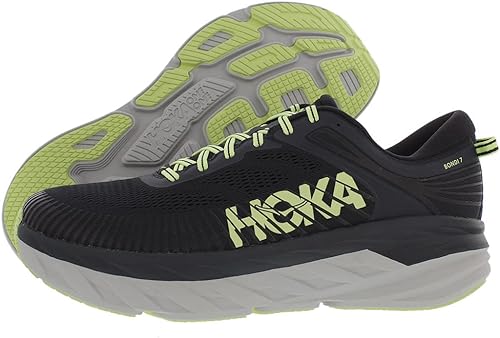
The Hoka Bondi stands out with its maximum cushioning, offering a cloud-like sensation that supports your feet on the hardest surfaces. With a robust and responsive foam, it helps you take the bite out of each stride on concrete or asphalt. It’s built for those who want their shoe to do heavy lifting when it comes to comfort.
Why Should You Try This:
- Max Cushioning: The thick foam provides top-notch cushioning, which is a bliss for long-distance runners.
- Support: Great for anyone spending lots of time on their feet, the Bondi gives the support needed for all-day wear.
- Durability: It’s made to last, so you won’t be shopping for new shoes anytime soon.
- Comfortable for Walking: Not just for running; the Bondi is comfy for walks, too.
Why Should You Avoid This:
- Less Responsive: It is too cushy, which can reduce the “feel” of the road.
- Bulkiness: Its size can be a bit much if you’re looking for a sleek, minimalistic shoe.
- Warmth: The solid construction might make your feet hot in warm weather.
Hoka Mach
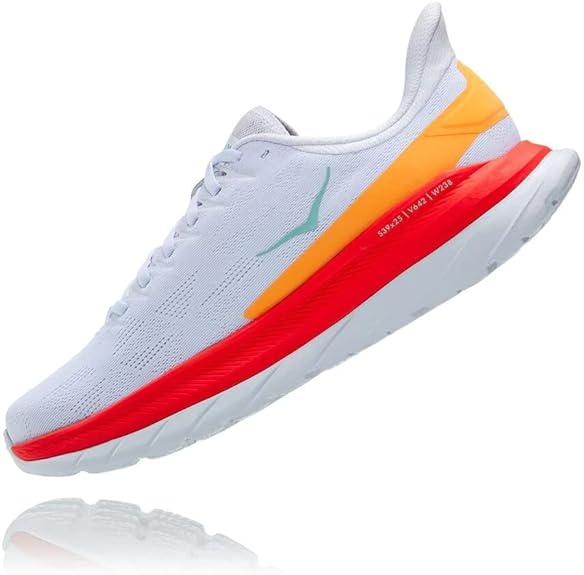
The Hoka Mach takes its name seriously, offering a speedy feel for your training needs. It’s the type of shoe that balances cushion with a rapid response, making it a favorite for those who like to pick up the pace. With a sleek profile, the Mach doesn’t look like your typical chunky running shoe, and yet it provides an impressive level of cushioning without excess weight.
Why Should You Try This:
- Speedy Cushioning: The Mach gives a soft landing with a springy push-off, so it’s like you’re bouncing off the tarmac.
- Light and Fast: It’s perfect for when you want to speed up without being dragged down by heavy footwear.
- Breathable Design: With an upper that lets air in and out, these shoes keep your feet from overheating.
- Versatility: Whether you’re racing or taking a leisurely jog, the Mach adapts to your speed and style.
Why Should You Avoid This:
- Less Grip on Wet Surfaces: The sole may not hold as well in rainy conditions, which can be a deal-breaker for some.
- Fit Issue for Some: If your foot shape doesn’t match up well with the Mach’s design, you might not feel as secure in your stride.
- Less Protective: The lighter build is less armored against rough and rocky paths.
Hoka Arahi
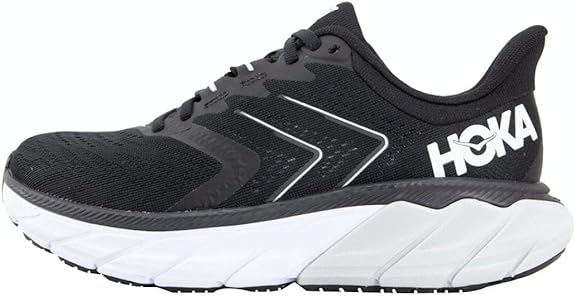
Stepping into the Hoka Arahi, you’ll find a balance between support and comfort. The Arahi has made a name for itself among stability shoes by offering a surprising level of comfort and a secure feel without adding bulk. It’s ideal for runners who want both support for over-pronation and a cushion for long miles.
Why Should You Try This:
- Stable Support: If your feet tend to roll inwards as you run, Arahi’s design helps keep them in line.
- Cushioned Comfort: You can count on the Arahi to soften your steps and reduce strain on your joints.
- Durable Build: Expect these shoes to take on mile after mile without quick wear.
- Airy Feel: Despite its supportive structure, the Arahi’s mesh keeps the airflow moving so your feet stay cooler.
Why Should You Avoid This:
- Heavier Feel: It’s more substantial than other models, which might not appeal to everyone.
- Aesthetics: If you prefer shoes that make a statement, the Arahi’s practical look may not win you over.
- Warmth Retention: The sturdy material can trap heat, potentially making them less ideal for hotter days.
Buying Guide
A good shoe can mean the difference between an okay workout and a great one. It supports your feet through different kinds of moves, whether you’re running, jumping, or lifting weights. Hoka shoes are a solid pick for cross trainers. Known for their comfort and lightness, they’re designed to handle a lot of activities.
Stability and Support When you’re moving side to side or doing a set of heavy lifts, you need a shoe that keeps your feet stable. Hoka shoes come with features that help your feet stay in place. They offer a snug fit and have firm foam in the sole to keep you steady. Shoes with good stability mean your feet won’t wobble, and you’ll have a solid base for any move you make during your workout.
Comfort and Cushioning The best part about Hoka shoes is how they pamper your feet. They have thick, soft soles that soak up the shock when your feet hit the ground. This cushioning is great for when you’re doing a lot of jumps or running on hard surfaces. Plus, they make your feet feel good even if you’re training for a long time, reducing the chance of soreness afterward.
Durability A cross-training shoe should stand up to a lot. It has to deal with everything from outdoor runs to gym floors. Hoka shoes use strong materials that last, even when you test them on rough ground or in tough workouts. When you buy a Hoka shoe, you can expect it to keep up with your training schedule for a long time before it shows any wear and tear.
Fit and Comfort Fit is about how the shoe wraps around your foot. You want something that fits well but isn’t too tight. Hoka shoes are known for giving your toes room to move and for how they fit different foot shapes. They often come with padded insoles and linings that feel smooth against your feet, adding to the overall comfort.
Style and Design You might not think style is important, but having shoes that look good can make you feel good when working out. Hoka shoes not only function well but also come with cool designs and colors. With Hoka, you can find a shoe that matches your workout gear or stands out on its own. It’s easy to find a style that looks as good as it performs.
Price and Value When it comes to price, you want to make sure you’re getting your money’s worth. Hoka shoes might cost a bit more than other brands, but they offer great value because of how well they’re made.

